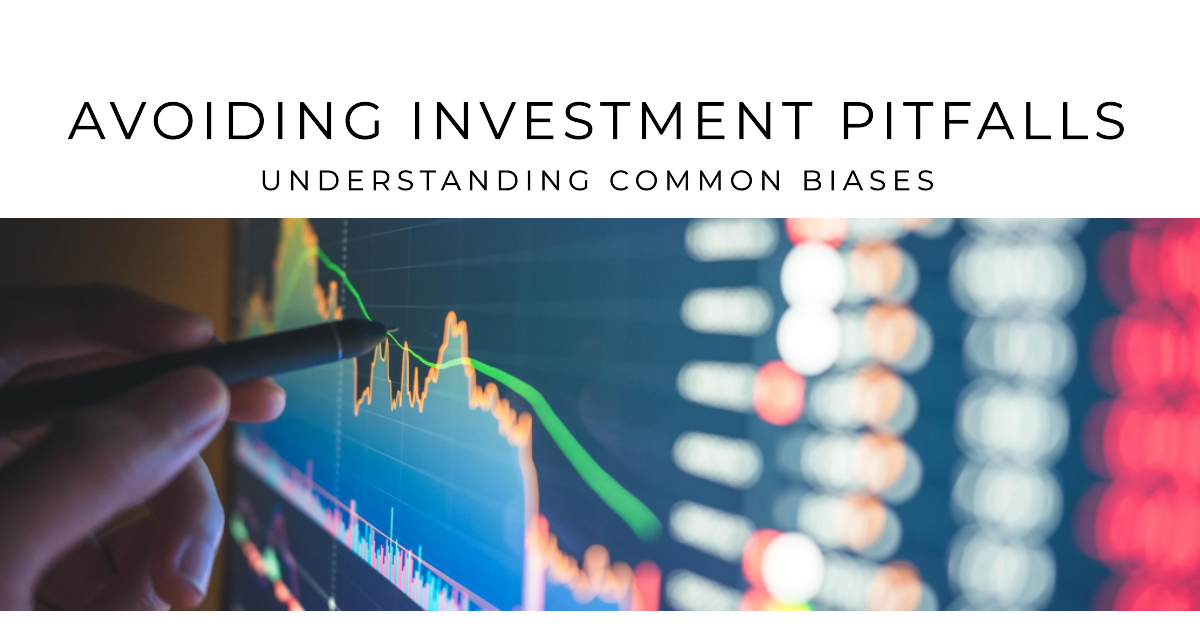
Common psychological biases in Investing
Investing can be an exhilarating journey, akin to navigating a maze. But as any seasoned investor would attest, this journey is often clouded by our own cognitive biases. These subconscious inclinations, deeply embedded in our psyche, have the power to shape our investment decisions, and not always for the better.
How biases creep in
The human brain, in its endeavor to simplify complex situations, often leans on mental shortcuts. While these shortcuts, known as heuristics, serve us well in many aspects of life, they can lead us astray in the nuanced realm of investing. Especially for technical specialists, whose minds are trained to seek patterns and efficiencies, these biases can be particularly deceptive.
Confirmation bias: seeing what we want to see
We have an innate tendency to seek out information that aligns with our existing beliefs, and ignore contradictory data. Imagine researching an investment opportunity; if you're not cautious, you'll end up reading only the reports that confirm your initial hypothesis. Let's say John, a software developer, has a strong belief in the growth potential of renewable energy. When he looks for investment opportunities, he might unconsciously focus on positive news about the green energy sector, overlooking potential risks or negative trends.
Overconfidence bias: overestimating our abilities
A common pitfall, especially amongst those who've tasted success in one field and assume it translates to another. Being a maestro in code doesn't necessarily make one adept at deciphering the stock market's movements. For instance, if Jane, a cybersecurity expert, made one successful stock pick, she might wrongly believe she has the Midas touch in investing, leading her to make uninformed decisions down the line.
Loss aversion: the fear of losing out
The pain of loss is psychologically about twice as powerful as the pleasure of gain. This means that we often hold onto underperforming assets longer than we should, in the hope that they'll rebound, rather than cutting our losses and moving on. It's like refusing to delete a piece of buggy code, hoping it will somehow fix itself.
Herd mentality: going where the crowd goes
The tech world is rife with examples of herd mentality—remember the dot-com bubble? In the investment sphere, this means buying an asset just because everyone else is, without analyzing its intrinsic value. It's similar to adopting a technology just because it's trending, without evaluating its fit for a specific project.
Navigating the maze safely
While understanding these biases is crucial, it's equally essential to have mechanisms that safeguard against them. This is where platforms like Finscraper step in. By integrating broad market data from diverse financial realms into a singular platform, Finscraper offers investors a panoramic view of the investment landscape. Supporting multiple markets and a range of asset types, it ensures that investors base their decisions on a holistic, up-to-date overview, rather than getting sidetracked by biases.
Moreover, being part of a community, like the one Finscraper aims to foster, allows investors to exchange knowledge, challenge each other's assumptions, and grow collectively. It's not dissimilar to open-source communities in tech, where peer reviews ensure that code is robust and free of errors.
In conclusion
The journey of investing, while rewarding, is riddled with psychological pitfalls. By being aware of these biases and leveraging tools that offer a holistic view, investors can navigate this maze more effectively. Platforms like Finscraper not only provide the necessary information but also create an ecosystem where informed decision-making thrives.
Remember, as with any code or algorithm, the key to successful investing lies in constant learning, rigorous testing, and a touch of humility. As we continue our exploration into the intricacies of private investing, it's essential to recognize and counteract these biases, ensuring that our decisions are driven by logic and data, rather than emotions.
